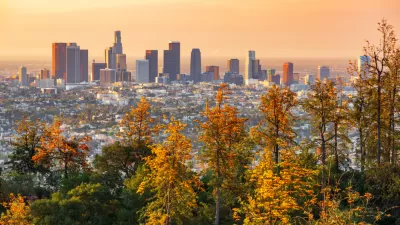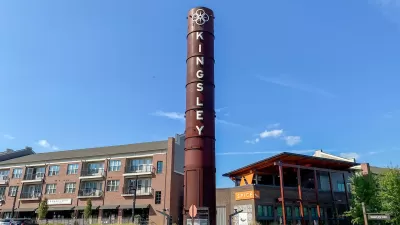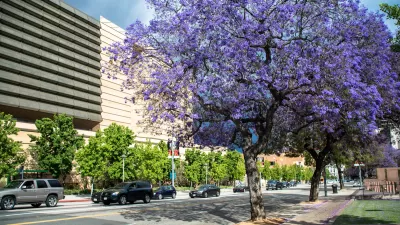As more and more people live on this planet, the pressure to build smart cities that feature environmentally sustainable infrastructure will become immense. Planners will be challenged to do more with less. Here's a discussion of this complex issue.
The global population, according to the Pew Research Center, is projected to grow by 38% from 2010 to 2050. This increase means an additional 2.7 billion people in the world, many of whom will be living in Africa and other developing countries. Additionally, India will soon surpass China as the most populous. It is also projected that by the year 2050, 70% of the population will reside in urban communities.
This population growth presents an interesting and unique problem for urban planners. As more and more people live on this planet, the pressure to build smart cities that feature environmentally sustainable infrastructure will become immense. The challenge facing planners will be to find a way to do more with less. In other words, what decisions will need to be made going forward to create livable environments for more per people per square foot as population densities grow while maintaining a proper balance between human and environmental needs?
Read the full article for a more in-depth look at this question.
FULL STORY: Meeting the Challenge of Sustainable Infrastructure

Maui's Vacation Rental Debate Turns Ugly
Verbal attacks, misinformation campaigns and fistfights plague a high-stakes debate to convert thousands of vacation rentals into long-term housing.

Planetizen Federal Action Tracker
A weekly monitor of how Trump’s orders and actions are impacting planners and planning in America.

In Urban Planning, AI Prompting Could be the New Design Thinking
Creativity has long been key to great urban design. What if we see AI as our new creative partner?

King County Supportive Housing Program Offers Hope for Unhoused Residents
The county is taking a ‘Housing First’ approach that prioritizes getting people into housing, then offering wraparound supportive services.

Researchers Use AI to Get Clearer Picture of US Housing
Analysts are using artificial intelligence to supercharge their research by allowing them to comb through data faster. Though these AI tools can be error prone, they save time and housing researchers are optimistic about the future.

Making Shared Micromobility More Inclusive
Cities and shared mobility system operators can do more to include people with disabilities in planning and operations, per a new report.
Urban Design for Planners 1: Software Tools
This six-course series explores essential urban design concepts using open source software and equips planners with the tools they need to participate fully in the urban design process.
Planning for Universal Design
Learn the tools for implementing Universal Design in planning regulations.
planning NEXT
Appalachian Highlands Housing Partners
Mpact (founded as Rail~Volution)
City of Camden Redevelopment Agency
City of Astoria
City of Portland
City of Laramie





























